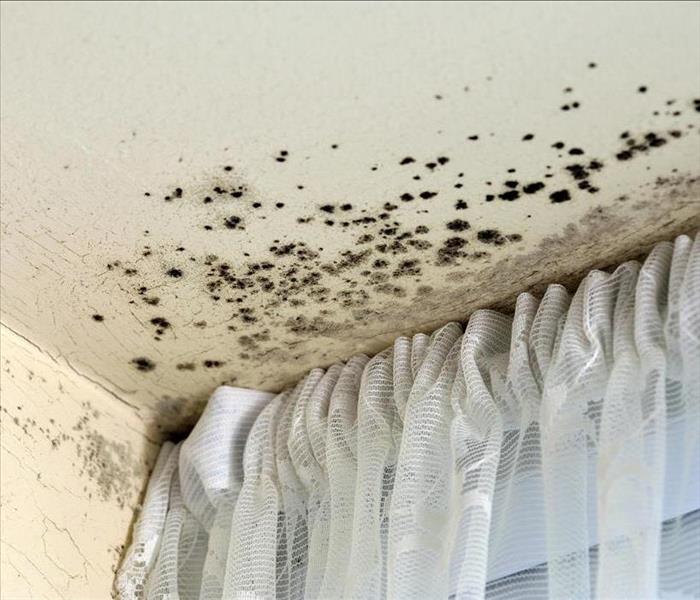The Science Behind Mold Odors: What Does Mold Smell Like?
5/15/2023 (Permalink)
 By understanding the science behind mold odors and taking steps to prevent mold growth, you can keep your home smelling fresh and clean.
By understanding the science behind mold odors and taking steps to prevent mold growth, you can keep your home smelling fresh and clean.
Mold is a common problem in homes and buildings, and it is often accompanied by a distinctive odor. But why does mold have an odor, and what does it smell like? In this blog, we will explore the science behind mold odors and provide some insight into what to expect when dealing with mold growth in your home.
Understanding Mold Growth
Before we can understand why mold has an odor, it is important to understand what mold is and how it grows. Mold is a type of fungus that thrives in warm, damp environments. It can grow on a variety of surfaces, including walls, ceilings, floors, and even furniture. Mold can cause serious damage to your home if left untreated, including structural damage, unsightly stains, and unpleasant odors.
The Science Behind Mold Odors
Mold odors are caused by a combination of volatile organic compounds (VOCs) and microbial volatile organic compounds (MVOCs). VOCs are chemicals that are released into the air by mold as it grows, while MVOCs are chemicals that are produced by the mold itself. These compounds are responsible for the characteristic musty, earthy odor that is often associated with mold growth.
What Does Mold Smell Like?
The exact smell of mold can vary depending on the type of mold and the specific conditions in which it is growing. However, mold odors are generally described as musty, earthy, or damp. Some people also report a sour or pungent smell when dealing with mold growth.
Why Does Mold Smell Bad?
Mold odors are often considered unpleasant or offensive, but why do they smell bad? The answer lies in our sense of smell. Our brains are wired to associate certain smells with danger or decay, which is why we often find the smell of mold to be unpleasant. Additionally, mold odors can be an indication of a larger problem, such as water damage or poor indoor air quality, which can further contribute to their unpleasant nature.
Identifying Mold Odors in Your Home
If you suspect that you have mold growth in your home, one of the first signs may be a musty or earthy odor. Other signs of mold growth may include visible mold on surfaces, water stains or discoloration, or an increase in allergy or asthma symptoms. If you notice any of these signs, it is important to take action as soon as possible to prevent further damage and potential health issues.
Preventing Mold Growth and Odors
The best way to prevent mold growth and odors is to control the moisture levels in your home. This means fixing any leaks or water damage immediately, using a dehumidifier in damp areas, and ensuring that your home is well-ventilated. It is also important to clean up any spills or moisture promptly to prevent mold from growing.
In conclusion, mold odors are caused by a combination of VOCs and MVOCs, which are released by mold as it grows. These odors can be unpleasant and may be an indication of a larger problem, such as water damage or poor indoor air quality. By understanding the science behind mold odors and taking steps to prevent mold growth, you can keep your home smelling fresh and clean.





 24/7 Emergency Service
24/7 Emergency Service